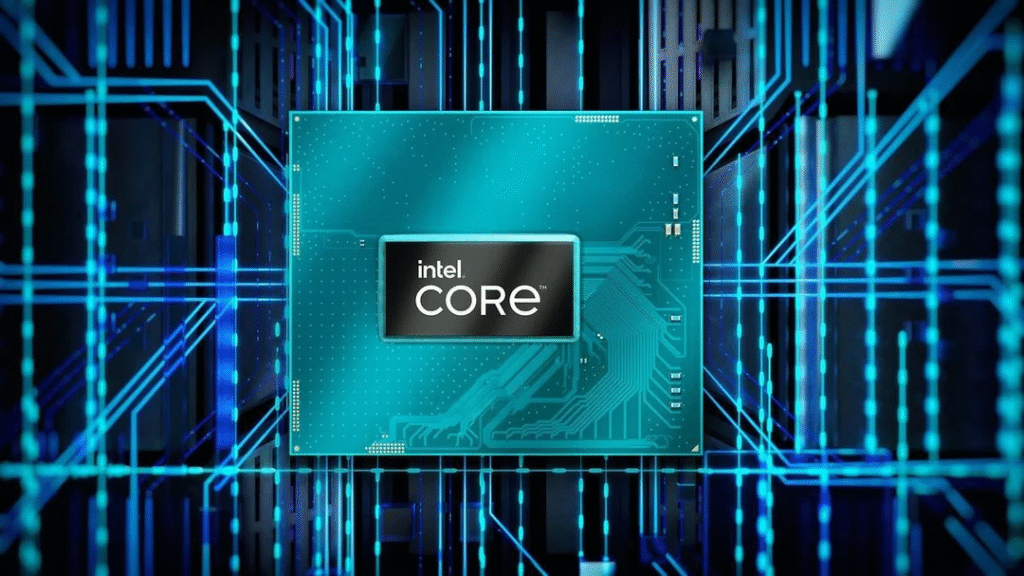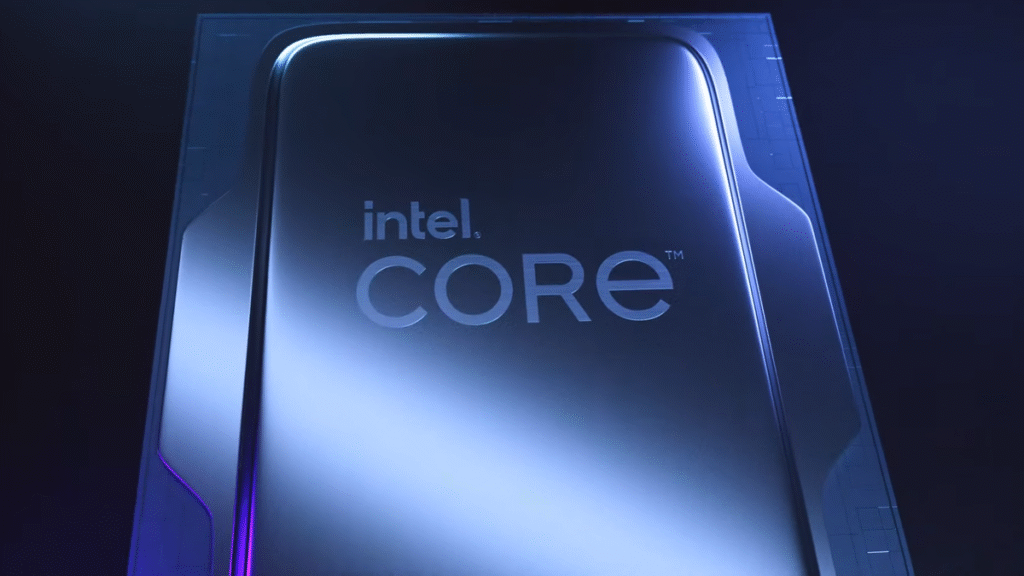Intel is preparing to launch its Nova Lake‑S desktop CPUs on a new socket called LGA1954 in the second half of 2026. This socket will replace the current LGA1851 platform used by Arrow Lake and its refresh models. Early shipping manifests show that Intel already distributes LGA1954 test kits to partners for hardware validation. Rumors suggest the new Nova Lake‑S chips may feature up to sixteen performance cores and thirty‑two efficiency cores, totaling as many as fifty‑two hybrid cores. The LGA1954 socket is expected to tie into forthcoming 900‑series motherboards and pave the way for the next Razer Lake‑S generation, also on LGA1954.
Why Intel Needs a New Socket
Intel first introduced LGA1851 with its Arrow Lake‑S “Core Ultra Series 2” CPUs and 800‑series motherboards. While Arrow Lake improved multi‑threading and efficiency, its gaming gains were modest. A two‑generation‑per‑socket cadence has long been Intel’s pattern, and LGA1954 follows that rhythm after two generations on LGA1851. Moving to a new socket allows Intel to revise power delivery, add more pins for additional cores, and support next‑generation chipsets and features.

What We Know About LGA1954
LGA1954 first appeared in shipping manifests at NBD.ltd labeled “NVL‑S” for Nova Lake‑S. These listings show specialized interposers for voltage regulation tests rather than full retail motherboards. Intel’s test platforms suggest close collaboration with board partners on 900‑series chipsets designed to mate with LGA1954. Early references do not promise an immediate launch since Nova Lake is officially slated for 2026.
Nova Lake Core Counts and Features
Reports indicate that Nova Lake‑S desktop CPUs will dramatically boost core counts. Rumors point to two clusters of eight Coyote Cove performance cores plus thirty‑two Arctic Wolf efficiency cores. This would create a 52‑core processor in a single package, though final specs may vary.
Key Specs of Nova Lake Cores
- Coyote Cove P‑cores and Arctic Wolf E‑cores design lets tasks scale efficiently
- The hybrid core structure supports heavy workloads and parallel threads
- Reference samples now in partner labs hint at final silicon readiness
Impact on Motherboards and Chipsets
The shift to LGA1954 will require motherboard makers to launch new 900‑series boards. Users may need to upgrade both the CPU and the motherboard to adopt Nova Lake‑S. Intel’s message to partners with test hardware confirms that BIOS and power designs are under development. The move may also enable features like PCIe 6.0 and advanced DDR5 support, though official details have not yet emerged.

Intel Desktop CPU Generations Comparison
| CPU Family | Cores (Max) | Architecture | Socket | PCIe Support | Launch Year |
| Alder Lake (12th Gen) | 16/24 | Golden Cove/Gracemont | LGA 1700 | Gen 5.0 | 2021 |
| Raptor Lake (13th Gen) | 24/32 | Raptor Cove/Gracemont | LGA 1700 | Gen 5.0 | 2022 |
| Arrow Lake (15th Gen) | 24/24 | Lion Cove/Skymont | LGA 1851 | Gen 5.0 | 2024 |
| Nova Lake (16th Gen) | 52/52 | Coyote Cove/Arctic Wolf | LGA 1954 | Gen 6.0* | 2026 |
What’s Next
Intel’s next step after Nova Lake will be Razer Lake S, which is also expected to use LGA1954. Desktop enthusiasts should plan for a new platform refresh when Nova Lake launches in 2026. As CPU core counts climb and hybrid designs evolve, LGA1954 will serve as the foundation for Intel’s high‑end desktop roadmap. Watch for official details from Intel and motherboard partners in the coming months as they reveal chipset features and board availability.





